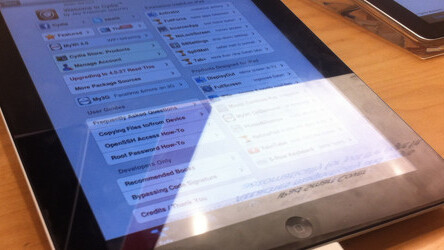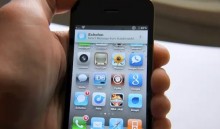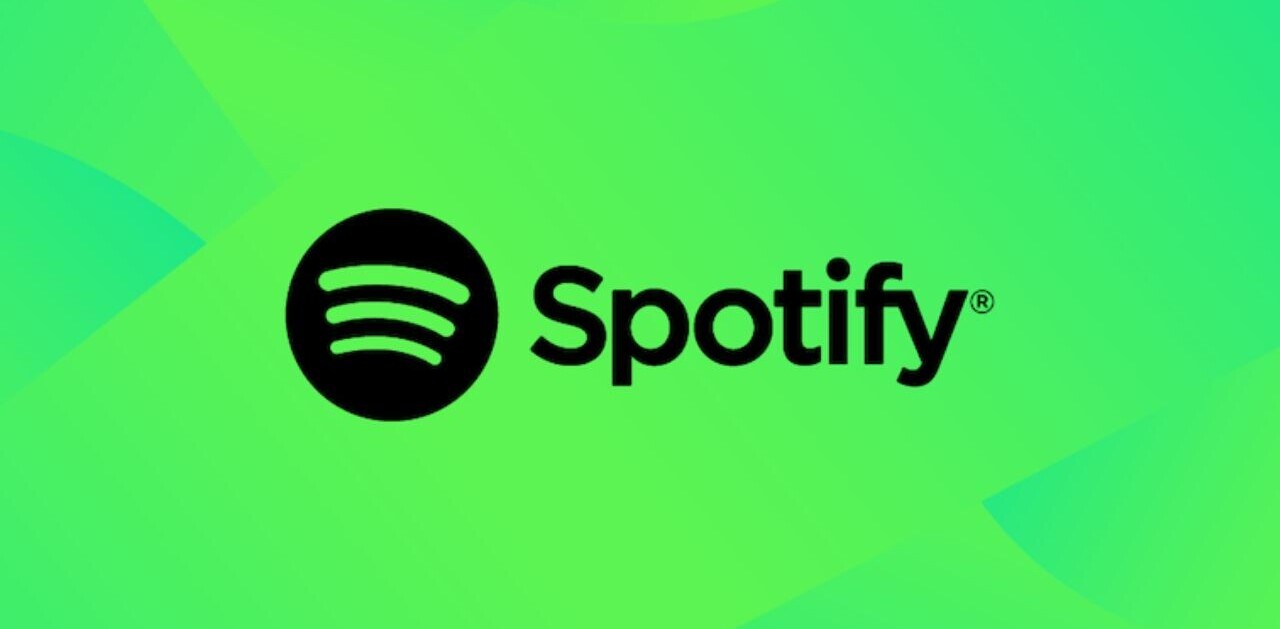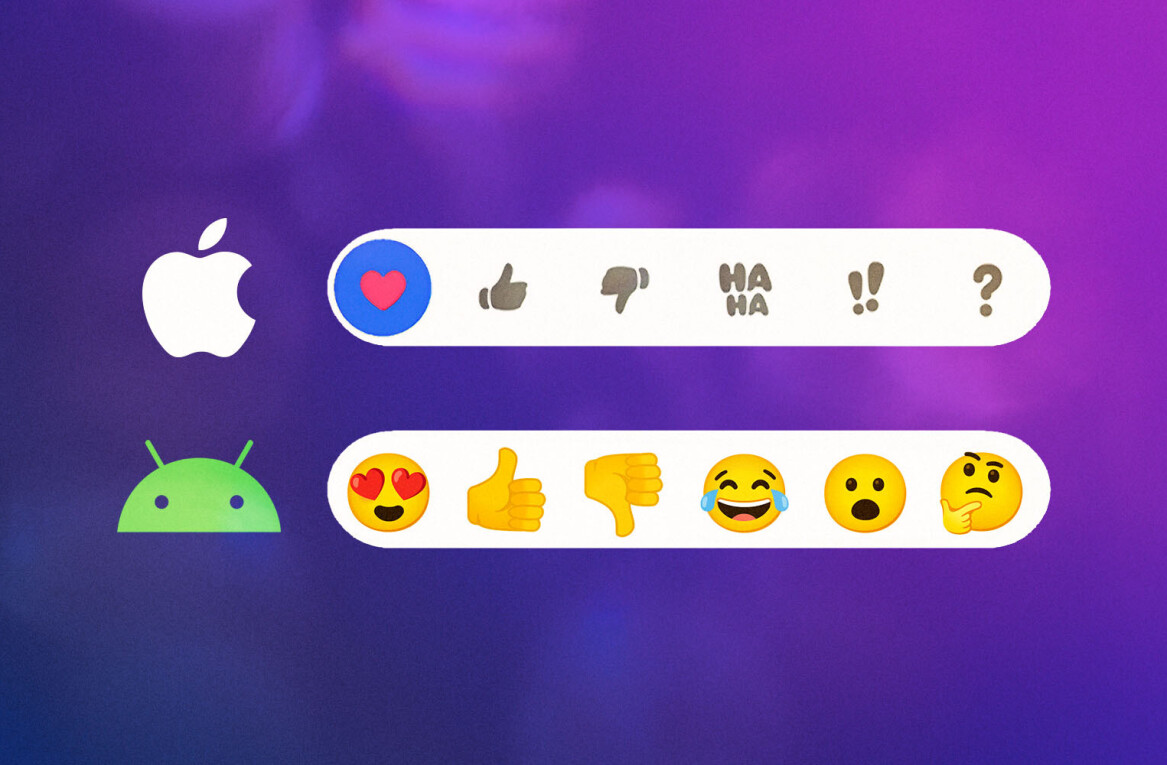
Since the earliest days of the iPhone, there have been a segment of users that are not content with running their phones by Apple’s rules. By and large, these users love the hardware and software of the iPhone for the obvious care and attention given over to their design.
What they’re not as pleased with is the closed ecosystem that Apple has created to block the installation and use of applications outside of its own App Store and the limited amount of control over settings and appearance given by iOS.
These users are collectively known as the jailbreak community and although they are a minority of iPhone users, they’re a vocal one. Many of the features that we now see on the iPhone and that are coming in iOS 5 first appeared on jailbroken iPhones because these users wanted to get the most out of Apple’s creation.
If you’ve been using an iPhone since the beginning, then you’ll remember just how limited that first offering in 2007 was. There were no apps, no copy and paste, no video recording, no MMS offering and no way to tether the iPhone’s data connection to a laptop. All of these features and more were first offered by apps that would only run on jailbroken iPhones. For better or worse, heavy adoption of an app or tweak by jailbroken users has been a precursor to seeing it show up in an official iPhone software release since the early days of the device.
While the initial efforts to jailbreak the iPhone were centered around gaining access to the file system and the ability to run unofficial apps, there was also another major driving force behind the movement, unlocking.
Escape from jail and the rise of the unlock
In basic terms, jailbreaking an iPhone allows users to run applications or code on the device that affect areas of the phone that are off limits to official apps. This access gives jailbroken apps the ability to do all sorts of things that push the iPhone beyond the boundaries set by Apple and give jailbroken users more freedom of choice.
iPhone hackers gained access to the file system of the iPhone only 12 days after the first iPhone was released on June 29, 2007. The breakthrough was accomplished by members of the premiere hacking group iPhone Dev Team, along with hardware hacker Geohot and reported in the #iPhone IRC channel, where the phrase ‘escape from jail’ led to the creation of the term ‘jailbreaking’. This allowed for some basic tweaking like adding custom ringtones, another feature that early software for the iPhone lacked.
This led to developers being able to run unsigned and unofficial code on the device, opening the door for third-party applications. One of the first of these was a simple game created by programmer Jason Merchant that allowed the iPhone to blast Microsoft Zunes with lasers.
By late August, the scene was exploding with customized icons and sounds as well as a few crude tweaks to the software. Then, on August 24th, George Hotz, AKA Geohot, split from the iPhone Dev team and publicly announced his success in unlocking the iPhone from AT&T.
At the time AT&T had a worldwide exclusive deal for distribution of the iPhone and the desire to use the iPhone on other GSM networks like T-Mobile was fever-hot. It was so intense, in fact, that Hotz famously traded his unlocked iPhone for a Nissan 350Z and 3 stock 8GB iPhones to Terry Daidone, the founder of Certicell.
Over the years since that first unlock was accomplished, the ability to use the iPhone on carriers other than those that has been officially sanctioned has been a huge driving force behind the jailbreak community. There are many, many users that jailbreak their iPhones only because that’s the only way that they can unlock them.
The continuing popularity of unlocking comes from a variety of factors including the fact that the iPhone is largely available on only one or two major carriers in most of its markets. While many countries in Europe and elsewhere have legislation in place to make it possible for people to have their phones unlocked, it’s virtually impossible in the US and there are still many regions where the iPhone isn’t available on a major carrier at all.
As carrier deals for the iPhone have continued being made it has alleviated some of the need for an unofficial unlock. To this end, Apple recently began making unlocked iPhones available for purchase in the US. This move is largely regarded as a way to service primarily overseas customers looking to import iPhones unlocked for use on other carriers. An unlocked iPhone has limited utility in the US where it cannot even use the 3G network of T-Mobile, the only major GSM competitor to AT&T.
After that first unlock by Geohot, each subsequent jailbreak of a version of Apple’s mobile OS has been awaited anxiously by those that use iPhones only because they’re able to unlock them via unofficial software like Ultrasn0w.
But an expanding market was always an inevitability and as iPhones become available in unlocked or official form throughout the world, the need for a ‘back door’ unlock will wane. But there has always been another major driving force behind jailbreaking.
Apple, AT&T and the mystery of the missing features
When the iPhone launched, it did so without support for many of the features that mobile phone users had become used to. The lack of MMS support, video recording, multitasking and data tethering were cited by many as major reasons not to buy the iPhone. These features were considered core or ‘must-have’ features by many smartphone users and even those that adopted the iPhone recognized that there was a lot of building yet to be done on Apple’s otherwise gorgeous platform.
Among those features was the concept of a native app store, first introduced by Installer, a bit of software that functioned much as the official App Store does today, in the summer of 2007. It was followed in March of 2008 by an open-source alternative called Cydia, from software developer Jay Freeman. When iPhone OS (now iOS) 2.0 was released Cydia surged in popularity and became the official, unofficial alternative to the App Store.
These app repositories gave jailbreakers a place to easily obtain apps that enhanced the iPhone’s functions beyond what Apple permitted at the time, including adding many of those missing features. The unofficial stores were followed by Apple’s official App Store in July of 2008, with the release of iOS 2.0.
For recent adopters of the iPhone it may seem silly that the original iPhone didn’t have features like tethering or MMS, because the technology had existed for years by that point and was present in many of the iPhone’s peers like the BlackBerry Curve and the HTC Tilt. But the reasons that they weren’t included had nothing to do with Apple and everything to do with AT&T.
Unsure about its network capabilities and staggered by iPhone users’ voracious appetite for data, AT&T dragged its feet on a tethering and MMS plan until two years after the iPhone was released, finally enabling MMS on September 25, 2009. Tethering took even longer, only arriving in June of last year.
All of those features and many more were introduced to the iPhone first by enterprising coders that produced unsanctioned applications for the iPhone. Tethering was solved by hacks that enabled the native tethering interface of the iPhone that was used globally on other networks and extended upon by polished successors like MyWi. Many users who don’t want to pay AT&T for the privilege of tethering, on a metered data plan no less, still use these unofficial tethering options, although they are technically illegal.
Just as a minority of hardcore PC gamers has driven much of the advancements in graphics power and processing speeds in desktop and laptop computers, a minority of jailbreakers has contributed significantly to the advancement of iOS by crystalizing and popularizing the most-wanted features of iOS. That analogy breaks down a bit when you recognize that, while there are hundreds of manufacturers of PC hardware, there is only one manufacturer and sole gatekeeper of the iPhone.
But if you’re looking for evidence that the jailbreak community does indeed still have an impact on the development path of the iPhone, you have to look no further than iOS 5.
iOS 5: Homage or evolution
Apple is crushingly attentive about almost everything when it comes to their products, especially user interface design. That’s why many were so nonplussed about their unwillingness to fix simple UI issues like non-modal popups that block what you’re interacting with on the screen and offer no additional use, like the extremely rude SMS popup. What a drag that thing is, always interrupting you in the middle of stuff, making you switch to another app completely to reply to a message of ‘lol’.
This problem will be corrected by Apple with the release of iOS 5 but were solved long before with jailbreak apps like Notified Pro which modified the iPhone’s notifications system to be less obtrusive and more friendly to multitasking. One of those applications, MobileNotifier, was so similar to the way that Apple decided to implement notifications in iOS 5 that it actually hired its creator on shortly before the announcement of the update in June.
And notifications are just the tip of the iceberg as far as features of iOS 5 that appear to have had their genesis as jailbreak apps. A partial list, as collated by iDownloadblog, include the volume-button camera release shutter, camera access from the lock screen, private browsing in Safari, syncing to iTunes over Wi-Fi, system-wide dictionary, Emoji support outside Japan, multiple improvements to the Mail app, a ringtone store and custom vibration patterns.
If you take an honest look at the list of jailbreak apps that have had their functionality sewn into the fabric of iOS 5, you will see many that can be categorized as simply evolutionary steps in the improvement of Apple’s mobile OS. It is also likely that Apple has had many of the features of iOS 5 defined and working since well before many of the jailbreak tweaks that are apparently duplicated by them even appeared.
But even with the acknowledgement that many of these features can be considered to be ‘inevitable’, there are just as many that can be credited with at the very least setting a pattern of popularity.
In August of 2009, Freeman said that there were roughly 10% of all iPhones using the jailbreak app store Cydia. This equated to roughly 4 million iPhones at the time. Recently, 2 million people used the Jailbreakme.com website to jailbreak their devices in the first 2 days. While the number of jailbreakers is unlikely to have grown linearly along with the now 221 million iOS device users, even at a conservative 5%, that is still upwards of 11 million users of jailbroken devices. That’s more than enough to use as a polling group of most requested features.
Apple keeps its own council as far as upcoming product direction and CEO Steve Jobs has been quoted saying that “It’s really hard to design products by focus groups. A lot of times, people don’t know what they want until you show it to them.”
But that doesn’t mean that the company doesn’t have its finger on the pulse of what its users, especially the ones that use the devices it produces the most, want for the present. This is why the set of features introduced with iOS 5 may seem eerily familiar to long-time jailbreak users.
In effect, a look at the wider palette of popular jailbreak apps and tweaks can give iPhone users a look at the future of the platform.
The future, now
So many of the tweaks and apps that jailbreakers have been using for years have eventually made their way to the official releases of iOS that it would be foolish to think that it will never happen again. There are current apps that are in heavy rotation on jailbreak devices that have yet to be implemented on iOS. Some of these are counter to the design philosophy of Apple and will most likely never show up, but there are many that could easily act as a window into the features we’ll be enjoying in iOS 6 and beyond.
One of the prime examples of a tweak that might rear its head is the timesaving app SBSettings, a pop-down settings panel that zips down from the top of your status bar with a swipe. It works system wide and allows you to toggle 3G, WiFi, adjust brightness and so much more. While Apple already added the volume control to the multitasking tray in iOS 4, many of the iPhone’s options are still buried three or four levels deep in the settings menu. The new notifications pane and the new widgets API makes the possibility of quick toggles appearing on iOS that much more likely.
Another one is QuickReply, a tweak that allows you to reply to SMS messages right from the lock screen or notification popup. This could easily be an optional feature that allows you to reply from the new, more informative, lock screen. Facetime for 3G, enabled by the jailbreak app 3G Unrestrictor, among others, is rumored to be on its way in the official release of iOS 5 already. In fact, many of the current popular jailbreak tweaks smack of unfulfilled official features of iOS.
Is this the end of jailbreaking?
Jailbreaking has given iPhone users a window that allows them to see features that will be as well as features that never were. It has also allowed them the freedom to choose exactly how they want to use their device, regardless of restriction.This window into the future features of iOS has been open since June of 2007 but it could soon be open to far fewer people as jailbreaking becomes more difficult and less useful.
The addition of over-the-air updates in iOS 5 could very well make jailbreaking a less pleasant prospect for those that want to keep their phones as up-to-date as possible, as new features and enhancements should come at a much quicker rate now. In addition, Apple may be able to use its iCloud service as leverage by preventing people from using jailbroken devices to access its features.
It’s highly unlikely that Apple will be able to secure its OS against any and all attempts to jailbreak it in the future. The software wizards like Geohot, the iPhone Dev Team and Chronic Dev that discover the exploits and turn out the tools that make jailbreaking possible are nothing if not persistent. But it is very possible that we may see a slowing of the release of these tools to reflect only major updates, as limited resources will probably prevent them from cracking every OTA update that comes down the pipe.
As unlocked iPhones become more readily available, more regions gain official carriers and more users are able to use the iPhone on the carrier of their choice, the need and desire for unlocking will continue to wane. This will remove the need for many to jailbreak if they were only doing so in order to unlock their devices.
Many developers that I’ve spoken to recently have commented on with what seems to be an invigorated and aggressively active iOS development department at Apple. With iOS 5 they seem to have gone on a wish-fulfillment spree that fixed many of the issues that users have had with the iPhone and its software. If they continue to deliver like this, the allure of the jailbreak may suffer.
In the end, it’s still far too early to call the ball on the death of jailbreaking. Barring any decisive preventative blow by Apple, it is likely to remain a part of iPhone culture for the foreseeable future. This should keep the window into the future of iOS open just a bit longer for those of us willing to look through it and, who knows, perhaps continue to help shape the features of iOS to come.
Get the TNW newsletter
Get the most important tech news in your inbox each week.






